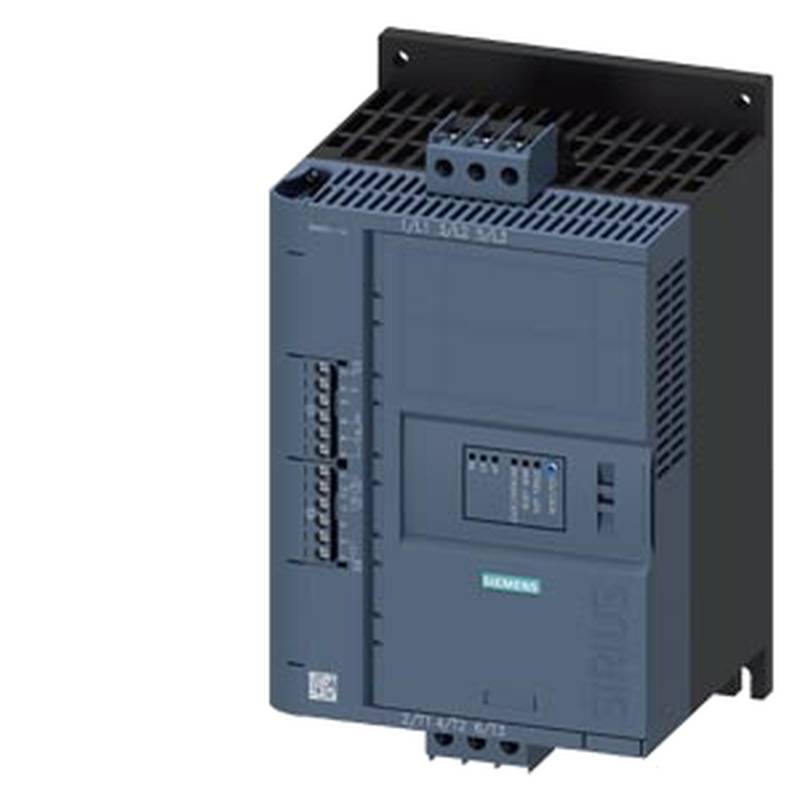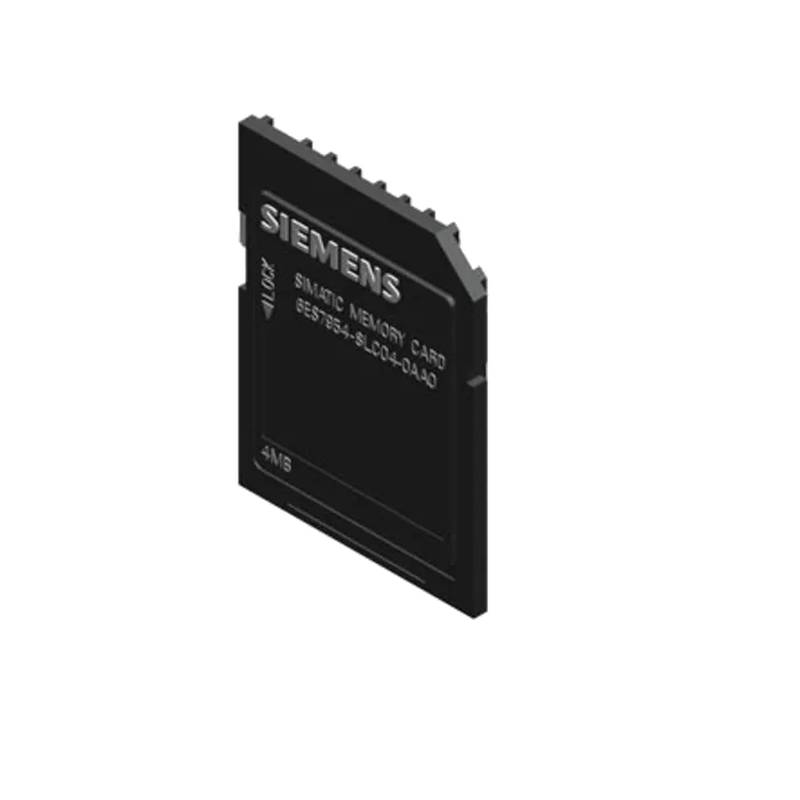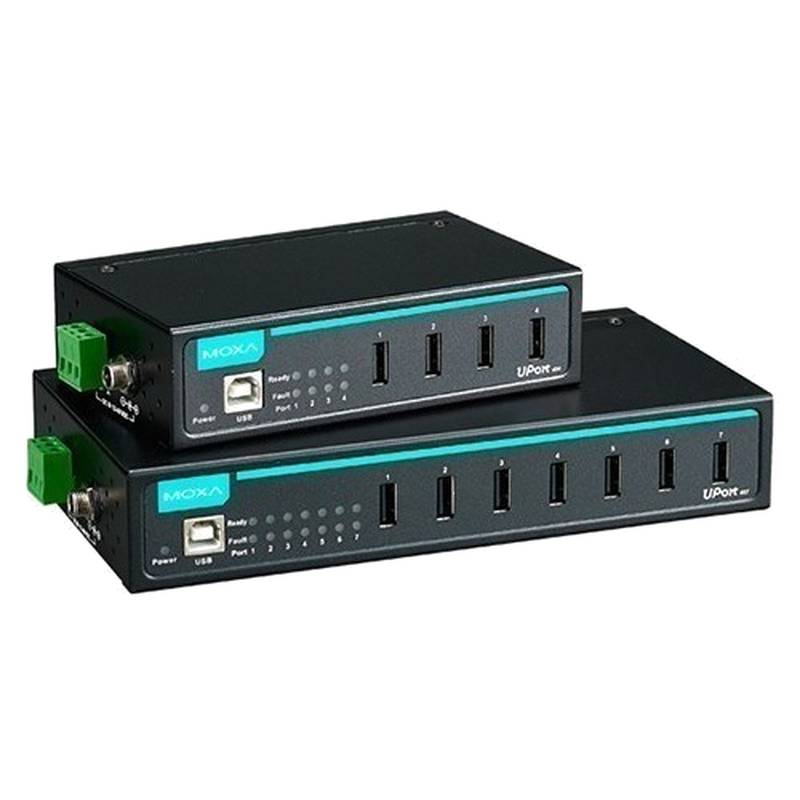
The YOULI MB-3/4S Pilot Operated Hydraulic Control Valve stands as a robust solution for precise hydraulic system management, offering exceptional performance and reliability in demanding industrial environments. This valve is engineered to deliver superior control over hydraulic flow and pressure, making it an indispensable component for a wide array of applications. Its pilot-operated design ensures sensitive and accurate response to control signals, while its durable construction guarantees longevity.
Product Specifications
| Feature/Parameter | Specification |
| :---------------- | :------------ |
| Model | MB-3/4S |
| Type | Pilot Operated Hydraulic Control Valve |
| Port Size | 3/4 inch |
| Material | High-strength cast iron/steel (depending on variant) |
| Max Operating Pressure | Typically up to 315 bar (4500 PSI) |
| Flow Rate | Varies based on specific internal configuration, but designed for significant flow capacity |
| Pilot Pressure Range | Optimized for standard hydraulic pilot pressures |
| Operating Temperature | -20°C to +80°C (standard seals) |
| Seal Material | NBR, Viton (optional for higher temperatures/chemical resistance) |
| Mounting Type | Subplate mounting (standard ISO/CETOP patterns) |
Core Features & Market Positioning
The YOULI MB-3/4S distinguishes itself through its sophisticated pilot-operated mechanism, which allows for precise actuation even with low pilot signal pressures. This inherent sensitivity translates into exceptional control accuracy, a critical factor in applications demanding fine-tuned hydraulic responses. Its robust construction, often featuring high-grade cast iron or steel, positions it as a durable workhorse capable of withstanding significant operational stresses and pressures, typically up to 315 bar. This reliability is a key differentiator in markets where equipment downtime is costly. Furthermore, its compatibility with standard subplate mounting patterns (ISO/CETOP) simplifies integration and maintenance, enhancing its market appeal for industrial automation and heavy machinery sectors. The valve’s design also prioritizes efficient operation, minimizing energy loss and contributing to overall system efficiency.
Key Application Scenarios
Operators frequently seek the YOULI MB-3/4S for applications requiring dependable directional control and pressure management within mobile hydraulics, industrial machinery, and specialized manufacturing equipment. It is particularly effective in excavators, loaders, and material handling systems where precise boom, arm, and bucket movements are paramount. In manufacturing, it finds use in injection molding machines, press brakes, and automated assembly lines, controlling clamping forces, mold actuation, and robotic arm movements with high fidelity. The valve's ability to handle significant flow rates and pressures also makes it suitable for heavy-duty mobile equipment and off-shore applications where robust performance is non-negotiable. Its pilot-operated nature is advantageous in systems where a central hydraulic power unit supplies pilot signals to multiple control stations, enabling distributed and efficient hydraulic management.
Practical System Integration Guidance
Integrating the YOULI MB-3/4S pilot operated hydraulic control valve into existing systems typically involves adherence to standard hydraulic plumbing practices. Ensure the subplate utilized conforms to the correct ISO/CETOP mounting pattern for a secure and leak-free connection. Proper port identification is crucial; typically, P denotes pressure, T/R denotes tank/return, A and B are work ports, and X is the pilot pressure port. When connecting pilot lines, ensure they are routed to a reliable pilot pressure source, maintaining adequate pressure and flow capacity to operate the valve effectively. For optimal performance and longevity, filtration of the hydraulic fluid to ISO cleanliness standards is strongly recommended to prevent contamination that could impede pilot signal accuracy or damage internal components. Pressure relief settings should be configured according to system requirements and the valve's maximum operating pressure rating.
Operation and Risk Mitigation
Safe operation of the YOULI MB-3/4S hydraulic control valve necessitates understanding its pressure and flow limits, typically up to 315 bar. Always ensure that the pilot pressure supplied is within the valve's specified range to prevent premature wear or malfunction. Regular inspection of seals for signs of degradation, especially if operating outside standard temperature ranges or with aggressive hydraulic fluids, is crucial. In the event of sluggish operation or failure to shift, check pilot signal integrity, filter conditions, and fluid cleanliness as primary troubleshooting steps. Unexpected pressure surges or erratic valve behavior can indicate internal damage or contamination; immediate system shutdown and inspection are advised. Adhering to correct installation and maintenance schedules significantly mitigates operational risks and ensures system stability.
Scalability & Long-Term Value
The YOULI MB-3/4S offers significant long-term value through its modular design and compatibility with industry-standard interfaces. Its adherence to CETOP subplate patterns allows for straightforward replacement or upgrading of existing valve manifolds without extensive system re-plumbing. This compatibility extends to integration with various hydraulic power units and directional control systems, providing flexibility for future system expansions or modifications. While not inherently an IIoT device, its reliable performance as a foundational control element makes it an integral part of larger automated systems that may incorporate digital monitoring and control layers. The durability and straightforward repairability of the MB-3/4S ensure a prolonged service life, reducing the total cost of ownership and supporting sustainable industrial operations.
---
Frequently Asked Questions (FAQs)
Q1: What is the maximum operating pressure for the YOULI MB-3/4S valve?
The YOULI MB-3/4S is typically rated for a maximum operating pressure of up to 315 bar (4500 PSI). This high-pressure capability ensures its suitability for robust industrial and mobile hydraulic applications.
This pressure rating allows the valve to reliably manage demanding hydraulic circuits without compromising system integrity or performance. It is designed to withstand significant back pressures and operational stresses commonly found in heavy machinery.
Always consult the specific model's datasheet for precise pressure limits, as variations may exist depending on material composition and specific configurations. Ensuring system pressures do not exceed this limit is critical for safe and effective operation.
Q2: How is the YOULI MB-3/4S pilot operated hydraulic control valve controlled?
This valve is controlled via a pilot hydraulic signal. A separate, lower-pressure hydraulic signal is applied to a dedicated pilot port. This pilot signal actuates the main valve spool, directing main system flow.
The pilot signal's pressure and flow characteristics determine the speed and responsiveness of the main valve's actuation. This method allows for sensitive control, even with relatively low pilot pressures.
It's essential to ensure the pilot pressure source is stable and capable of delivering the required signal to reliably operate the main valve spool for desired system responses.
Q3: What are the main advantages of using a pilot operated valve like the MB-3/4S?
Pilot operated valves offer superior control sensitivity and accuracy. They can achieve precise spool positioning with minimal pilot input, reducing control effort and improving system responsiveness.
Their design allows for the use of a smaller pilot valve to control a larger main valve, enabling the management of high flow rates and pressures with moderate pilot signals. This often translates to more efficient system design.
The pilot operation mechanism also provides a degree of inherent damping, which can help reduce hydraulic shock and smooth out system operation, contributing to greater component longevity.
Q4: Can the YOULI MB-3/4S be used in mobile hydraulic applications?
Yes, the YOULI MB-3/4S is well-suited for many mobile hydraulic applications. Its robust construction and ability to handle high pressures make it ideal for excavators, loaders, and other heavy-duty mobile equipment.
The 3/4 inch port size typically accommodates the significant flow rates required in mobile systems for functions like boom, arm, and bucket actuation. Its pilot operation is also compatible with common mobile control systems.
Ensuring proper filtration and protection against environmental factors common in mobile use is recommended for optimal performance and extended service life in these demanding conditions.
Q5: What is the typical port configuration for the YOULI MB-3/4S?
The YOULI MB-3/4S features standard hydraulic ports, typically including pressure (P), tank/return (T or R), and work ports (A and B). It also includes a pilot pressure port (X) for actuation.
This configuration adheres to common industry standards, facilitating easy integration into existing hydraulic manifolds and systems. Subplate mounting ensures standardized connections.
The precise function of each port is critical for correct system plumbing; always refer to the specific valve's schematic for definitive port identification and function.
Q6: What maintenance is typically required for this hydraulic control valve?
Routine maintenance primarily involves ensuring hydraulic fluid cleanliness and proper filtration. Regularly inspect and replace filters as per system recommendations to prevent contamination.
Periodic visual inspection for external leaks, damage to the valve body or connections, and proper actuation is also advised. Monitoring system pressures and flow rates can indicate potential internal issues.
While pilot operated valves are generally durable, seals may eventually require replacement, especially under extreme operating temperatures or with aggressive fluid types.
Q7: What are common issues if the MB-3/4S valve is not operating correctly?
A common issue is sluggish or incomplete spool actuation, often due to inadequate pilot pressure or flow, or clogged pilot passages. Contaminated hydraulic fluid can also impede spool movement.
The valve might fail to shift to the desired position if the pilot signal is inconsistent or if there's internal leakage bypassing the pilot effect. Ensure the pilot supply is stable.
Check for system leaks, verify correct installation, and confirm the hydraulic fluid meets the required cleanliness standards. Internal component wear or damage is also a possibility if these basic checks fail.
Q8: What types of hydraulic fluids are compatible with the YOULI MB-3/4S?
The valve is generally compatible with most standard hydraulic oils, such as mineral-based hydraulic fluids (e.g., ISO VG 32, 46, 68). However, the specific seal material can influence broader compatibility.
For applications involving higher temperatures or specific chemical environments, Viton seals may be an option, expanding compatibility to include certain synthetic fluids or fire-resistant hydraulic fluids.
Always confirm the recommended fluid type and viscosity range with the manufacturer's specifications and ensure the chosen fluid meets the system's operational demands and environmental conditions.
Q9: Does the YOULI MB-3/4S require specific subplates or manifolds?
Yes, the YOULI MB-3/4S is designed for subplate mounting and typically utilizes standard ISO/CETOP mounting patterns. This ensures easy integration with common hydraulic manifolds.
Using the correct, compliant subplate is essential for proper sealing and secure mounting, preventing leaks and ensuring the valve functions as intended within the hydraulic circuit.
Ensure the subplate's porting matches the valve's requirements and that it is rated for the system's operating pressure and flow.
Q10: How can I ensure the longevity of the YOULI MB-3/4S valve?
Proper installation, including correct port connections and adherence to torque specifications, is fundamental for longevity. Utilizing the specified hydraulic fluid and maintaining its cleanliness through effective filtration is paramount.
Operating the valve within its specified pressure, temperature, and flow limits will prevent premature wear and potential damage. Regular system checks for leaks and proper pilot signal strength contribute significantly.
Implementing a proactive maintenance schedule, including filter changes and periodic performance checks, will maximize the service life of the YOULI MB-3/4S and ensure reliable operation over time.

























